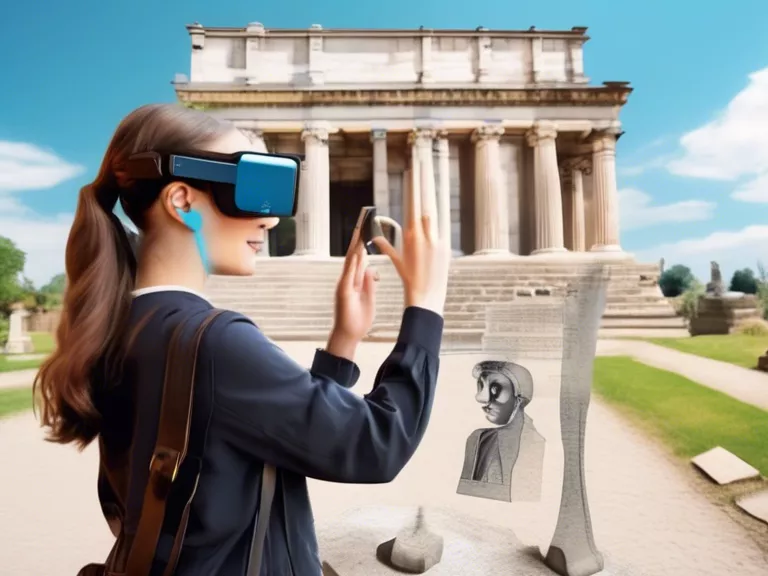
With the rise of technology, augmented reality is revolutionizing tourist experiences at historical sites around the world. Through the use of smartphones and AR apps, visitors can now immerse themselves in the rich history of these locations in a whole new way. From ancient ruins to famous landmarks, AR is enhancing the way tourists explore and learn about the past.
One of the main benefits of AR at historical sites is the ability to bring the past to life. By overlaying digital information onto the real world, visitors can see how a site may have looked centuries ago. For example, at the Roman Colosseum in Italy, tourists can use AR to see a 3D reconstruction of the gladiatorial games that once took place in the arena. This visual representation helps visitors better understand the historical significance of the site and creates a more engaging experience.
AR also allows for interactive elements at historical sites, making the visit more educational and entertaining. Visitors can participate in virtual tours, quizzes, and games that provide additional context about the site they are exploring. This hands-on approach not only increases visitor engagement but also encourages them to learn more about the history and culture of the location.
Furthermore, AR can help to preserve and protect historical sites. By providing virtual reconstructions and information, tourists can appreciate these locations without causing physical damage. This is especially important for fragile sites that are at risk of deterioration from large crowds or improper handling.
Overall, augmented reality is transforming the way tourists experience historical sites. From enhancing the learning process to creating interactive activities, AR is making these visits more immersive and memorable. As technology continues to advance, the possibilities for AR at historical sites are endless, promising an even more enriching experience for future visitors.



